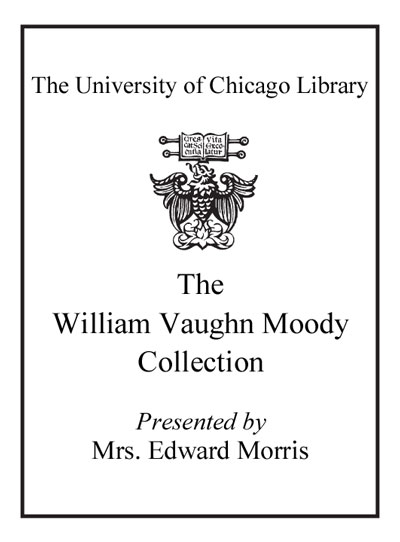Review by Booklist Review
Careful readers and compelling writers share reverence for the written word and devotion to the art of bringing it to life. In the service of that goal, novelist Livesey (Mercury, 2016) plays both parts. As a writer, she has been inspired by Jane Austen, William Shakespeare, and Gustave Flaubert. As a reader, she has immersed herself in those same authors for vastly different reasons. They and many others have exemplified the craft of storytelling as she wishes to practice it and as she wishes that she and readers of her own heavily influenced but uniquely produced works will experience it. She points out the subtleties of intention and impact on an author's choice of narrative perspective, delves the depths of personal narrative in shaping fiction and nonfiction, and confronts the importance of research and the enormity of what can become fodder for the writer's mill. Novice novelists, accomplished authors, and rabid readers can all learn something from Livesey's intense yet intimate exploration of the art and craft of creating and appreciating the written word.--Haggas, Carol Copyright 2017 Booklist
From Booklist, Copyright (c) American Library Association. Used with permission.
Review by Publisher's Weekly Review
Livesey (Mercury) writes with wisdom and insight about the craft of writing, proposing to expose what the professional author conceals that the apprentice fiction writer needs to know. This includes how character, plot, and imagery "work together to make an overarching argument" and how the life and times of an author shape a work. Examining writers such as Austen, Flaubert, Shakespeare, and Woolf, Livesey analyzes their techniques, adding insights from E.M. Forster's Aspects of the Novel and John Gardner's The Art of Fiction. Her work yields interesting nuggets of information, such as the importance of secondary characters who can, if needed, spring to life, or the use of objects to reveal emotions. Relying on famous authors makes a compelling strategy, as their work is already familiar to many readers (Livesey's own novels, which she also discusses, will not be quite so well known). The book is skillfully written: one might quibble that Livesey focuses a bit too much on the personal saga of her trials with a critical father and unloving stepmother, but despite that distraction, she offers helpful strategies for thinking about the elusive art of fiction. (July) © Copyright PWxyz, LLC. All rights reserved.
(c) Copyright PWxyz, LLC. All rights reserved
Review by Kirkus Book Review
From the noted creative writing teacher and novelist, a smart, unpretentious guide to "writing the life, shaping the novel."The eponymous hidden machinery is twofold: the nuts and bolts of craft, which give a novel form and function, and "the secret psychic life of the author," which shapes its emotional undercurrents. Livesey (Fiction/Iowa Writers' Workshop; Mercury, 2016, etc.) concentrates initially on technique, beginning with the lessons she learned from Irish novelist Brian Moore when she was an aspiring writer waitressing in Toronto: "the actual wordsmake all the difference" and "every sentence matter[s]." Employing a winningly confidential first-person voice, Livesey uses her own struggles and examples ranging from Jane Austen to Jane Smiley to elucidate such basics as creating character and writing dialogue as well as more intangible elements like developing a clear aesthetic. A fascinating chapter on "How to Tell a True Story" categorizes literature on a continuum ranging from "fiction," in which every element is carefully designed to create a coherent overall impact, and "antifiction," which emulates the messy confusion of real life and seeks to make readers feel "that the events described really had occurred." It's characteristic of Livesey's inclusive spirit that she does not privilege one over the other but explores each as a strategy that suits different kinds of materials and goals. "We are always seeking authority for our work," she writes. "The question is what the source will be." Admirers of the author's fiction will enjoy glimpses of the autobiographical elements underpinning it: a mother who died young (Eva Moves the Furniture), a detested stepmother (the story "Learning by Heart"), a miserable four years in boarding school (The Flight of Gemma Hardy), and a difficult relationship with her father, as yet not resolved into art but the subject of the moving pages that close the book's final chapter on "navigating the shoals of research." Would-be writers will find this both useful and inspiring, while general readers can simply enjoy Livesey's keen insights and engaging prose. Copyright Kirkus Reviews, used with permission.
Copyright (c) Kirkus Reviews, used with permission.
Review by Booklist Review
Review by Publisher's Weekly Review
Review by Kirkus Book Review

